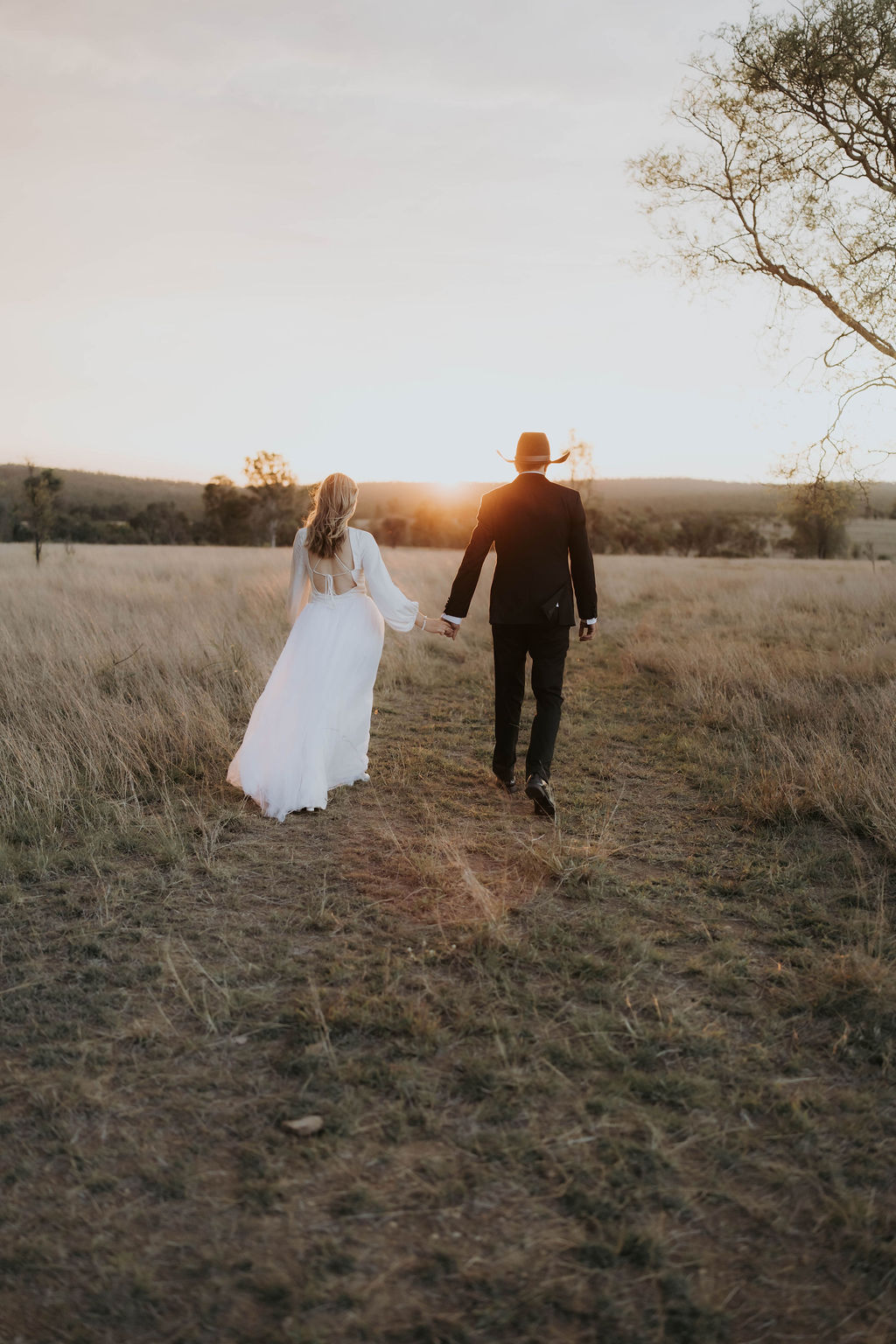PHOTOGRAPHY SAMUEL SHELLEY
Rebecca Shelley packs order for her business, Veggie & Flower Garden Seeds.
Sign up to our mailing list for the best stories delivered to your inbox.
Dreaming of cultivating your own cut-flower garden? Rebecca Shelley, of Veggie & Flower Garden Seeds, says it's not as hard as you might think.
PHOTOGRAPHY SAMUEL SHELLEY
In the latest issue (Issue 43), we meet Rebecca Shelley, a former vet nurse and mother-of-three who launched a flourishing online seed business from her dining table in Blackmans Bay, Tasmania. Having struggled to source seeds during the pandemic, Rebecca – along with her husband, Robert Knight, and brother, Samuel – launched Veggie & Flower Garden Seeds. Today, the business is best known for selling hard-to-get seeds for cut flowers, including special varieties of sweet peas and the cosmos cultivar ‘Cupcakes Blush’.
If you love the idea of growing your own cut flowers, but your passion for showy blooms is greater than your gardening skills, Rebecca is here to help. Here, she shares seven things to consider to get those packet seeds sprouting…
1. Light. Some seeds need light to germinate, others need darkness. Strawflowers, celosia and scabiosa all need light, so cover them ever so lightly with soil when sowing.
2. Planting depth. If the seed is planted too deep, it may not be able to grow to the surface. Be careful when sowing very tiny seeds, such as poppies, snapdragons and thyme, because if they’re watered from above, the seeds will sink too deep into the soil. When in punnets, water from below. The general rule is to sow seeds the same depth as the seeds.
3. Season. Some seeds will only germinate when the soil is at a certain temperature. For example, if the soil is above 25℃, lettuce will remain dormant. Check the seed packet or our website to find out when to sow your seeds.
4. Soil. If the soil is too dry or too wet, the seeds will not germinate. Make sure the soil remains damp and use the best-quality potting mix available.
5. Pre-treatments. Some seeds germinate better after a pre-planting treatment, such as being soaked overnight (this is true of sweet peas). Australian native seeds may benefit from a smoke treatment, which replicates what might happen in the bush naturally to promote germination. Bells of Ireland, Chocolate Lace and Lavender do well with a chill treatment in the fridge for one to two weeks before sowing.
6. Pests. When sowing seeds directly into the garden, there is always a risk they will get eaten by insects, birds or wildlife. To protect your seeds, cover them with netting or better still (in most cases), choose to raise them in punnets.
7. Storage. Unsuitable storage may affect your germination rate. To keep seeds fresh, keep them in an airtight container in a cool area, away from sunlight. Stored in the right conditions, seeds can last between two and five years. Some seeds will naturally have a lower germination rate than others.
REBECCA’S NO-FAIL GUIDE TO GROWING VEGETABLES AND FLOWERS FROM SEED
What you need:
3. Don’t forget to label what you’ve sown. I also like to sprinkle vermiculite over just-sown seeds to help keep the soil moist and prevent mould.
4. Make sure to keep the soil in your pots/punnets moist — you don’t want it too damp or too dry. A watering-can with a fine nozzle is best as it won’t wash away your seeds. If you’re sowing very tiny seeds, such as snapdragon, poppy and yarrow, bottom water or use a fine mist.
For more on Rebecca and other rural entrepreneurs, grab a copy of Issue 43.
Or subscribe to Graziher and you’ll never miss an issue of your favourite magazine. Already a subscriber? Consider a gift subscription for someone special in your life.
To hear more extraordinary stories about women living in rural and regional Australia, listen to our podcast Life on the Land on Apple Podcasts, Spotify and all major podcast platforms.

What began as a postcard-perfect country wedding soon became a story of survival, strength, and the unshakable heart of rural Australia.

Current custodian Penny Lamont says the heritage garden is designed for easy-care and dry times.